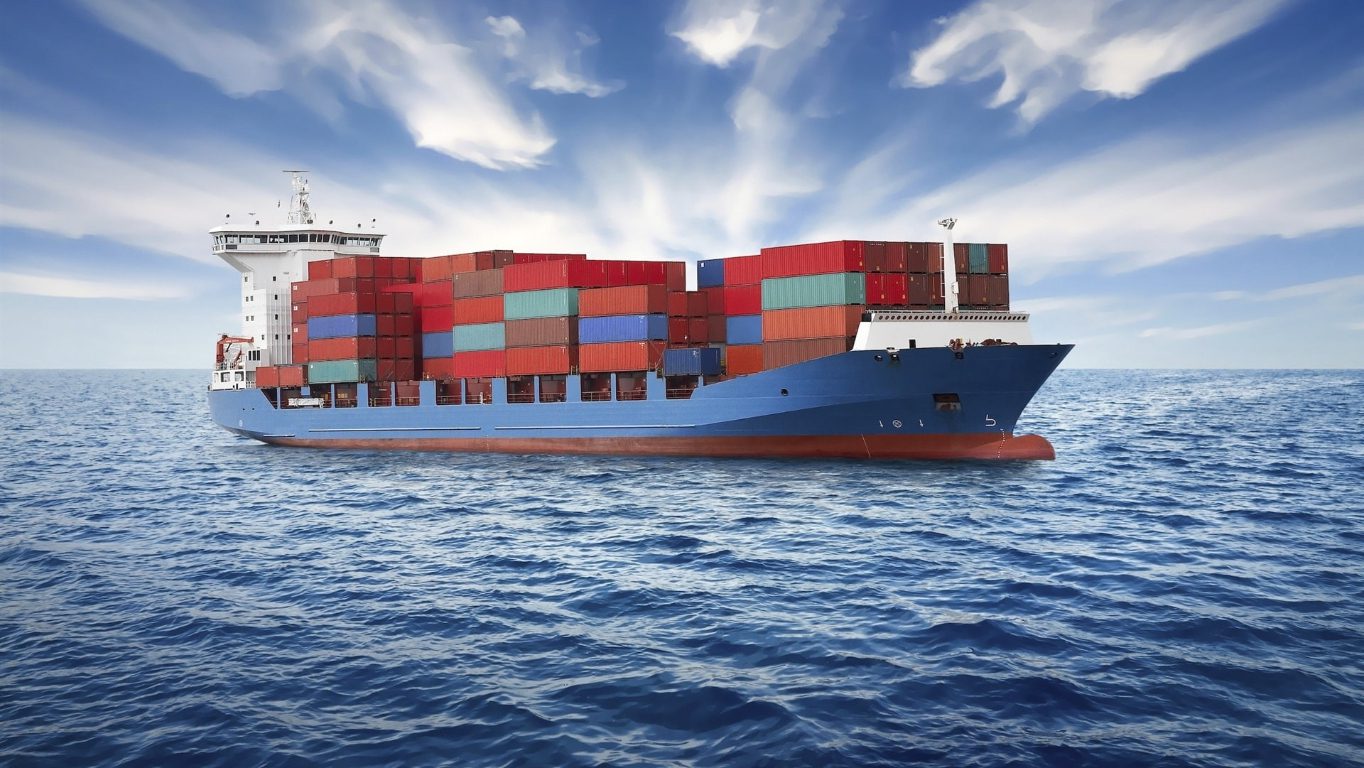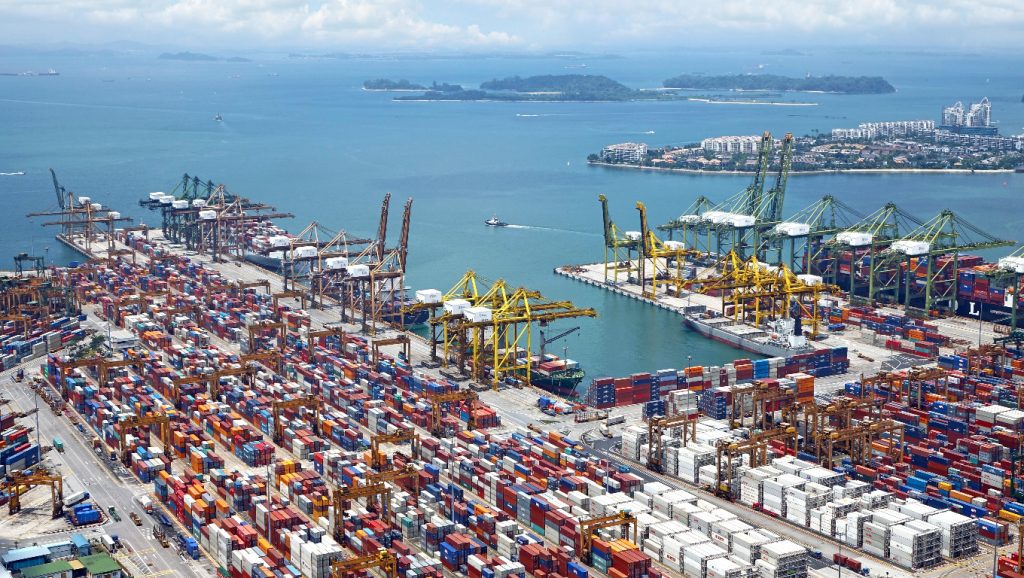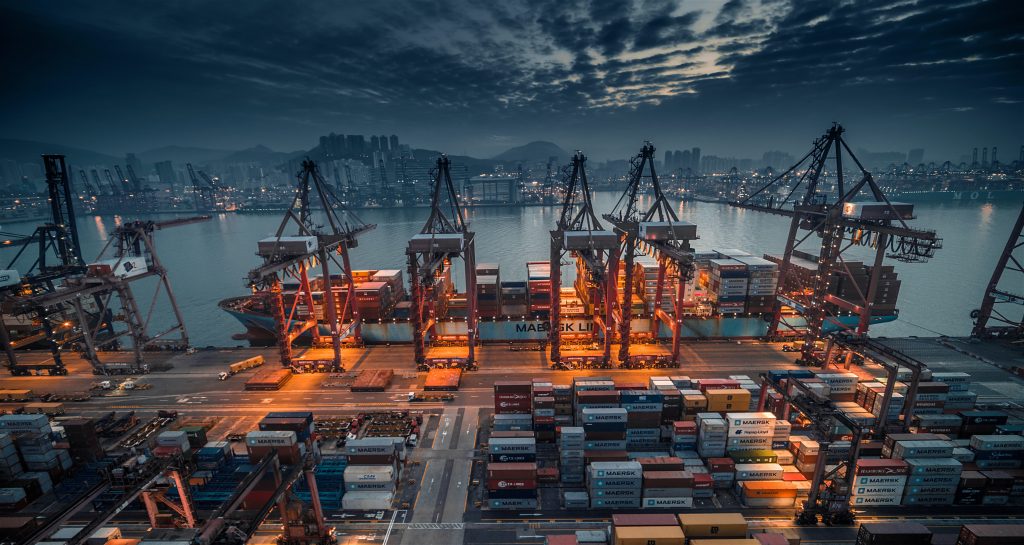
Into Stormy Waters: Managing Risks in Commercial Shipping
Commercial shipping is precarious, as many potential hazards can lead to accidents, injuries and environmental impact. Nevertheless, The U.N. Conference on Trade and Development stated that 80% of international trade items are carried by sea and with an all-time high at 11 billion tons.
Shipping lanes are as crowded as ever. That has caused problems as more and larger ships are now on the water. Also, increased regulations, peak demand periods, global pandemic, volatile commodity prices all introduce new challenges and risks.
Industry stakeholders need to rethink their strategies and risk management programs to cope with these risks. That starts with understanding the diverse maritime risks and how they affect freight operations.
Learn more about the key aspects that should be considered when managing risk in commercial shipping.
Sources of risks in commercial freight
Operations
Operational risks comprise all the risks associated with chartering orientation such as choosing inefficient chartering strategy, cargo handling policy etc. Besides, commercial risks could be of geographical nature like navigating in dangerous seas or using the vessel outside the agreed trading limits in a time charter.
Finance
There are some risks associated purely with finance such as the risk of payment default. However, even the risks of operational or regulatory nature lead to a financial claim later. That means that effective finance management is a result of prompt response to any of the issues arising from other aspects of the commercial process. Companies that invest in collecting analytics can use data-driven insights to ensure strong financials.
Regulations
According to the recent survey regulatory uncertainty is at the top of shipping risk list. Yet industry participants acknowledge that the path of change in maritime is increasing, and those not prepared to embrace aspects such as decarbonisation will be more at risk than others.

Response to maritime risks
Tolerance
This tool helps companies determine how much risk they can take based on the amount of money they have to invest and their ability to absorb losses. A company may choose a low-risk strategy if they have enough funding or a strong track record, whereas some companies may decide that they cannot afford the potential risks.
Insurance
One of the most common shippers use to manage freight risks is insurance. Various policies can protect against many different types of risks involved with freight: damage of vessels or cargo, loss of income (freight, hire, demurrage etc), loss of bunkers, liability against third parties etc.
There are also private companies that provide consulting services, which help a business improve its system of managing risk.
Technology
Technology is another tool used to manage commercial freight risks. Companies can choose from a variety of options available to reduce the risks associated with shipping goods. Some examples of these devices include GPS systems, scales, RFID tags, sensors, and automated route planning software. These tools can help track shipments, calculate freight costs and improve efficiency.
How does maritime software reduce various voyage risks?
Standard tools in the shipping software allow users to create, update, and share vessel positions, weather conditions, and real-time traffic reports. It helps bridge communication gaps among different service providers in the supply chain.
At the same time modern technology can offer more sophisticated functionality as well. In particular, freight risk management tools include viewing exposure to price fluctuations, monitoring fuel usage during the voyage, tracking and measuring GHG emissions, advanced scenario planning and much more.
Therefore, having risk management tools in the maritime software facilitates the voyage process by hedging diverse risks.

IMO strategy on reducing shipping industry CO2 emissions
Today, over one-third of all global CO2 emissions come from transportation. Therefore, the International Maritime Organization (IMO) pursues an ambitious aim to reduce the shipping industry’s GHG emissions in the next 30 years by 50%.
Maritime software makes it easier for shipowners and charterers to adjust their business model to meet the IMO regulations by enabling 24/7 tracking and measuring of CO2 emission along with offering reporting functionality. Those companies that apply CO2 emissions tools at this stage rather than waiting for later, will ensure a number of competitive advantages for their businesses.
As the concept of shipping risks involves the probability of adverse events, business owners permanently seek solutions to reduce it, and are willing to consider all the options available on the market. Utilising digital shipping risk management tools facilitates maritime business, and enables you to focus on the core processes.


